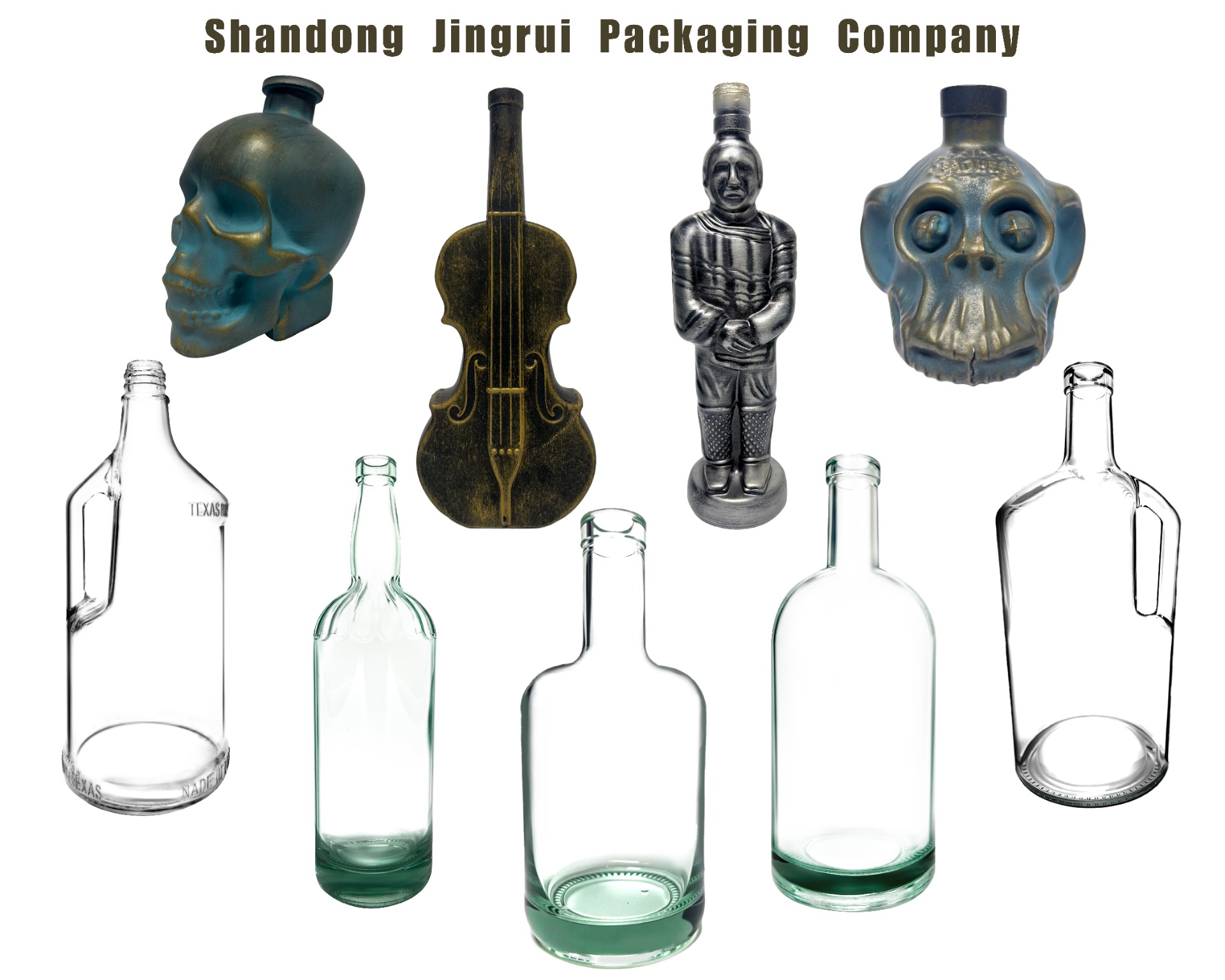
Glass wine bottles have long been regarded as the packaging of choice by high-end alcohol brands such as wines, spirits and craft beers due to their chemical stability, high transparency and environmentally friendly recyclable properties. However, under the multiple pressures of upgrading consumer demand, tightening environmental regulations and competition from alternative materials, global glass bottle factories are facing transformation challenges. This article analyzes the current situation and trends of this segment from the perspective of market landscape, technological innovation, environmental practices and industry pain points.
I. Market pattern: centralized production and regional demand differentiation
1.Head enterprises dominate the market
Global glass wine bottle production capacity is concentrated in the hands of a few multinational groups. French **Owens Illinois (O-I Glass), Italian Bormioli Luigi, U.S.
Ardagh Group, China's Shandong Huapeng and Anhui Deli and other enterprises occupy a major share. Among them, O-I Glass has over 20% of the global wine bottle
market share, serving customers including Diageo, Pernod Ricard and other wine giants.
2. Regional Market Characteristics
Europe: the world's largest producer of wine bottles, with factories in France, Italy and Spain focusing on high-end customized bottles to meet the differentiated needs
of Burgundy, Champagne and other producing regions.
North America: strong demand for spirits bottles, whisky and vodka brands promote lightweight bottle design.
Asia-Pacific: Japanese whisky and Chinese liquor market growth drives demand, but local factories are dominated by low-end and mid-end standard bottles, with
high-end processes relying on imports.
South America and Africa: beer bottles occupy the mainstream, the recycling system is not perfect leading to high costs.
3. Influence of Consumption Trend
The trend of craft beer and low-proof wine has given rise to the demand for small batch and personalized bottles.
High-end spirits brands (such as single malt whisky) tend to use embossed and shaped bottles to enhance brand recognition.
The rise of e-commerce channels is driving the upgrading of pressure-resistant and shatter-resistant bottles.
II. Technological innovation: from smart manufacturing to lightweight design
1. Digitalization and Flexible Production
Intelligent mold system: The Italian factory introduced 3D printing mold technology to shorten the new product development cycle from 3 months to 2 weeks.
AI quality control: Germany's Heinz Glass detects bottle neck defects through machine vision, increasing the yield rate to 99.5%.
Small batch customization: Vidrala factory in Spain adopts modular production line to support personalized orders of less than 5,000 bottles in a single batch.
2. Lightweight technology
It has become an industry consensus to reduce the weight of bottles under the premise of ensuring strength:
O-I Glass's “Lean+Green” technology reduces the weight of wine bottles by 15% on average, reducing carbon emissions by 80,000 tons per year.
The ultra-thin wall technology developed by Toyo Glass has reduced the weight of sake bottles by 30%.
3. Surface treatment process
Low-temperature spraying: Reduce the energy consumption of high-temperature sintering of glaze, while realizing textures such as matte and frosted.
Laser engraving: Replaces the traditional acid-etching process, meeting environmental requirements and improving pattern accuracy.
III. Sustainable development: recycling systems and low-carbon production
1. Significant regional differences in recycling rates
The recycling rate of wine bottles in the EU is over 80%, and some countries (e.g. Finland) have implemented a deposit system, whereby recycled glass can be
directly used in the production of new bottles.
In the US, the recycling rate is less than 40%, and high transportation costs result in broken glass being used as road base material.
Developing countries generally lack recycling networks and rely on new ore mining for raw materials.
2. Factory practices to reduce emissions
Electric furnaces instead of gas: Verallia Group's Norwegian plant uses 100% hydroelectric power, reducing carbon emissions by 60% compared to traditional furnaces.
Hydrogen pilot: Encirc in the UK is partnering with EDF to pilot produce the world's first whisky bottle produced in a hydrogen-fueled melting furnace in 2023.
Closed-circuit water recycling: Vitro glass factory in Mexico realizes zero discharge of production wastewater.
3. Brand owner pressure transfer
Liquor companies' ESG goals force supply chain reform:
Pernod Ricard commits to all glass bottles containing 50% recycled material by 2030.
Maotai requires suppliers to provide carbon footprint certification.
IV. Challenges and Future Trends
1. Industry pain points
Escalating energy costs: fluctuating natural gas prices in Europe have led to production cuts in some factories (e.g., Czech glass factory shutting down production for
3 months in 2022).
Competition from alternative materials: Aluminum cans and PET bottles are seizing the beer and low-end wine market, especially threatening the share of glass bottles
in developing countries.
Labor shortage: factories in developed countries are facing aging skilled technicians, and automation substitution still takes time.
2. Breakthrough direction
Recycled material premium: Promote “recycled glass content certification” to attract brand customers with strong environmental awareness.
Vertical integration of industry chain: African factories try to integrate the layout of “mine-furnace-bottle-making” to reduce dependence on raw materials.
Functional innovation: Smart bottles embedded with NFC chips (e.g. Hennessy limited edition) open up new scenarios for anti-counterfeiting and interactive marketing.